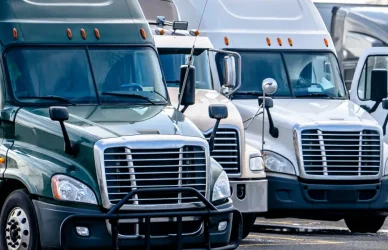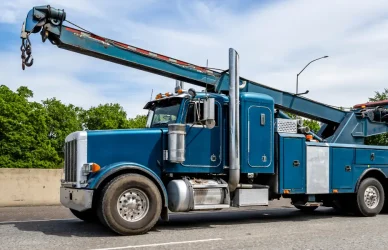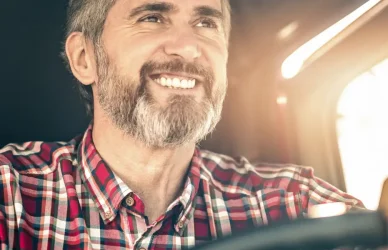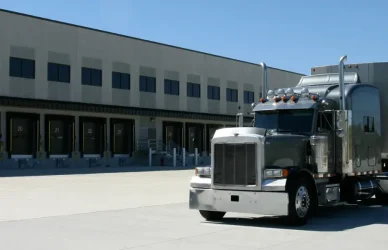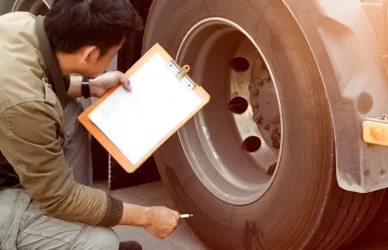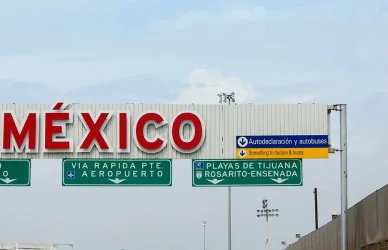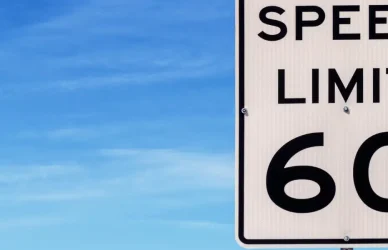As part of a grant from the U.S. Department of Energy (DOE), Meijer has deployed two all-electric Class 8 Freightliner eCascadia trucks which they will be tracking performance of in a cold weather environment.
Meijer, a 2022 HDT Green Fleet, received the battery electric trucks this month. Their inaugural delivery was a celebration as they hauled more than 44,000 pounds of food and donations to Gleaners Community Food Bank in Detroit.
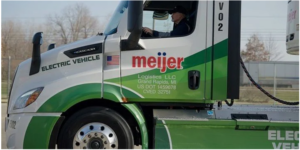
The trucks will operate out of their Lansing Distribution Center which is freshly equipped with the necessary charging infrastructure. The two electric trucks will make multiple deliveries per day to Meijer supercenters within a 200-mile radius of the distribution center.
Beginning in 2009, Meijer became a test fleet for Freightliner, and they were selected in 2019 to test the manufacturer’s battery-electric trucks. After successfully concluding testing and integrating customer feedback into the design and development, Freightliner is now rolling out the serious produced battery-electric truck to customers, with Meijer receiving the first delivery.
The retailer’s trucks were partially funded by a grant to Daimler Truck North America from the DOE’s vehicle technologies office with the goal of demonstrating how battery-electric commercial trucks perform in diverse climate conditions. Meijer will be reviewing data on temperature impact on mileage, charge times, battery life optimization, and driver comfort daily.
“Through this partnership, we can help accelerate the industry’s transformation to electrification by applying valuable insights from data collected and real-world applications in a cold climate environment and make a meaningful difference when it comes to reducing greenhouse gas emissions,” said Mike Graham, senior vice president of supply chain and manufacturing for Meijer. “We’re pleased to work with Freightliner to further put the eCascadia tractors into real-world applications outside of southern California as we look for solutions to achieve zero emissions.”


